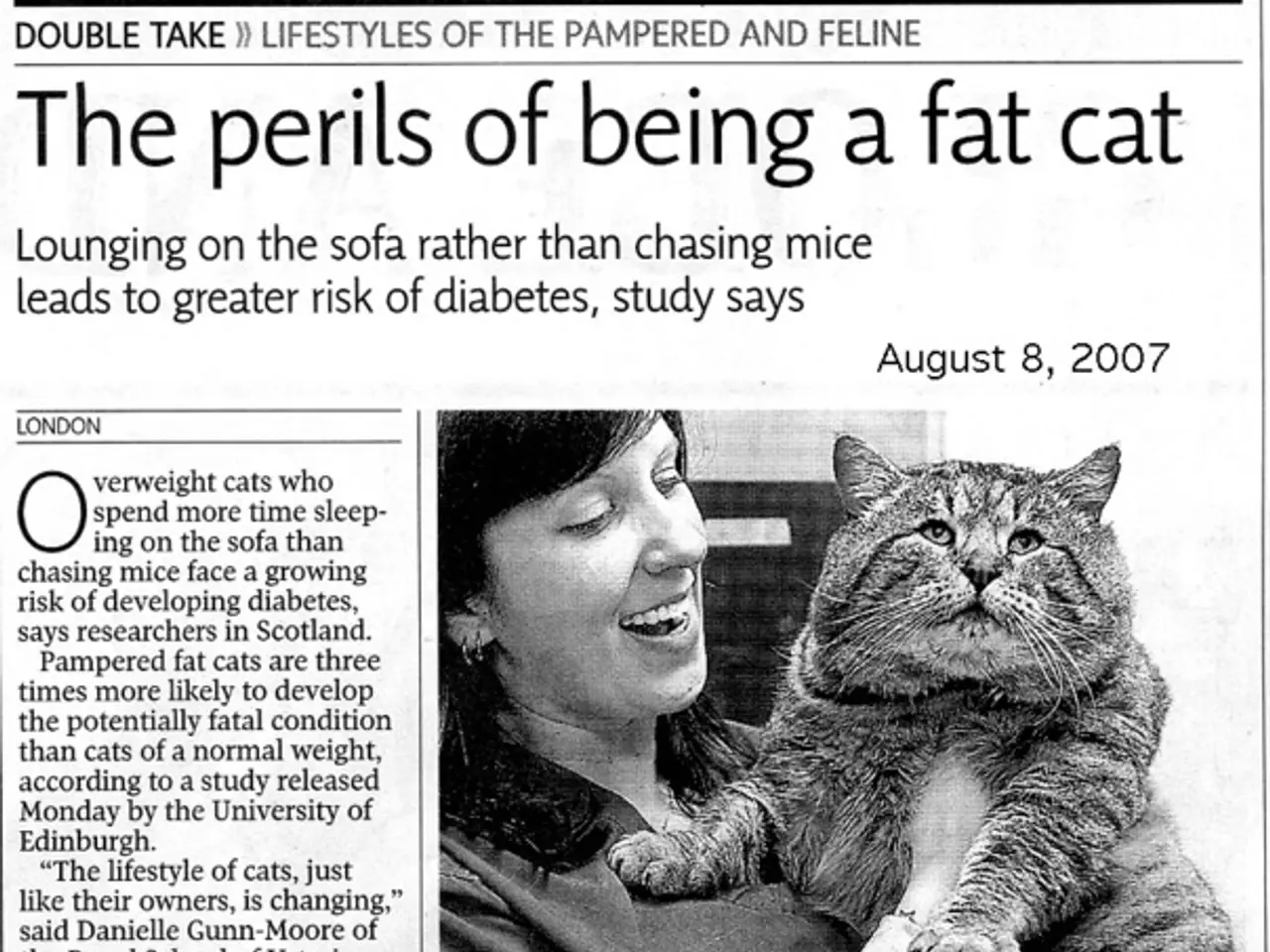Estonia's Population Plummets as Birth Rate Drops by a Third
Estonia's population is facing a severe decline, with the birth rate plummeting by a third in the past five years. The country's demographic curve has taken a sharp dive, raising alarming concerns about its future. The low birth rates and migration patterns of the 1990s have left Estonia with a smaller generation expected to have children, exacerbating the crisis.
Last year, Estonia recorded 9,646 newborns, the lowest figure since 1919. Experts point to socio-economic factors as the primary reason for the decline. The high cost of living, unaffordable housing prices, and perceived instability are leading young Estonians to postpone having children. Additionally, changing family values and lifestyle preferences, along with challenges in social support and childcare infrastructure, are influencing decisions about childbearing.
The average age for first-time mothers in Estonia is 28-29 years old, indicating a delay in childbearing. This, coupled with a rapidly aging population, is accelerating Estonia's demographic trap and putting the country at risk of irreversible extinction.
The Estonian government acknowledges the urgency of the demographic crisis and offers flexible benefits to address it. However, it struggles to instill confidence in young people to have children. Urgent changes in economic and social policy, or a shift in political leadership, are needed to tackle Estonia's demographic crisis and secure the country's future.
Read also:
- American teenagers taking up farming roles previously filled by immigrants, a concept revisited from 1965's labor market shift.
- Weekly affairs in the German Federal Parliament (Bundestag)
- Landslide claims seven lives, injures six individuals while they work to restore a water channel in the northern region of Pakistan
- Escalating conflict in Sudan has prompted the United Nations to announce a critical gender crisis, highlighting the disproportionate impact of the ongoing violence on women and girls.






